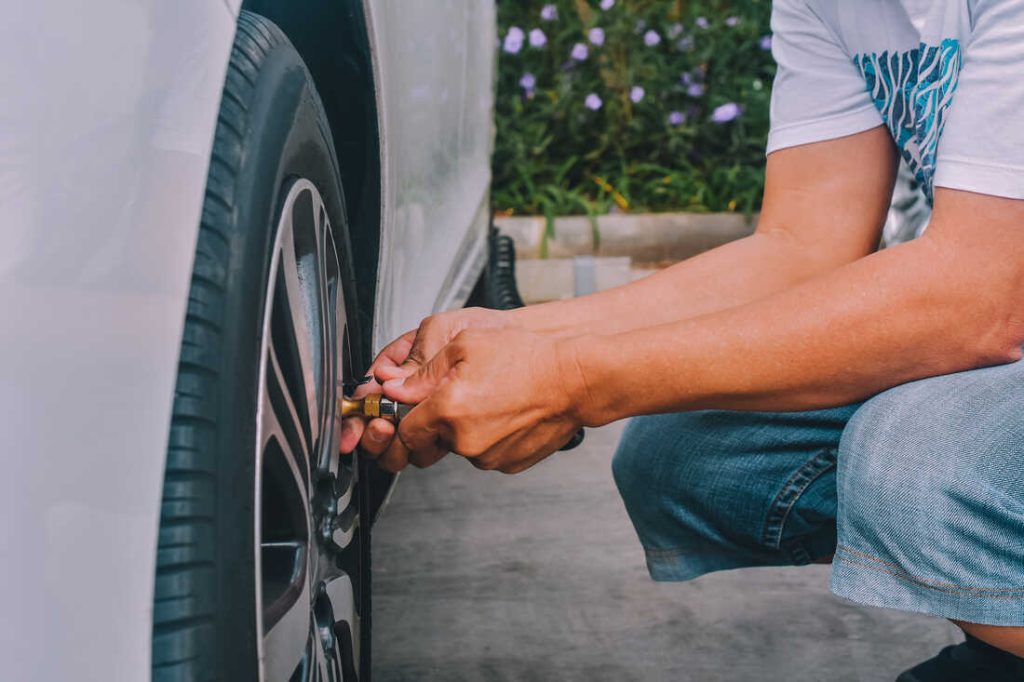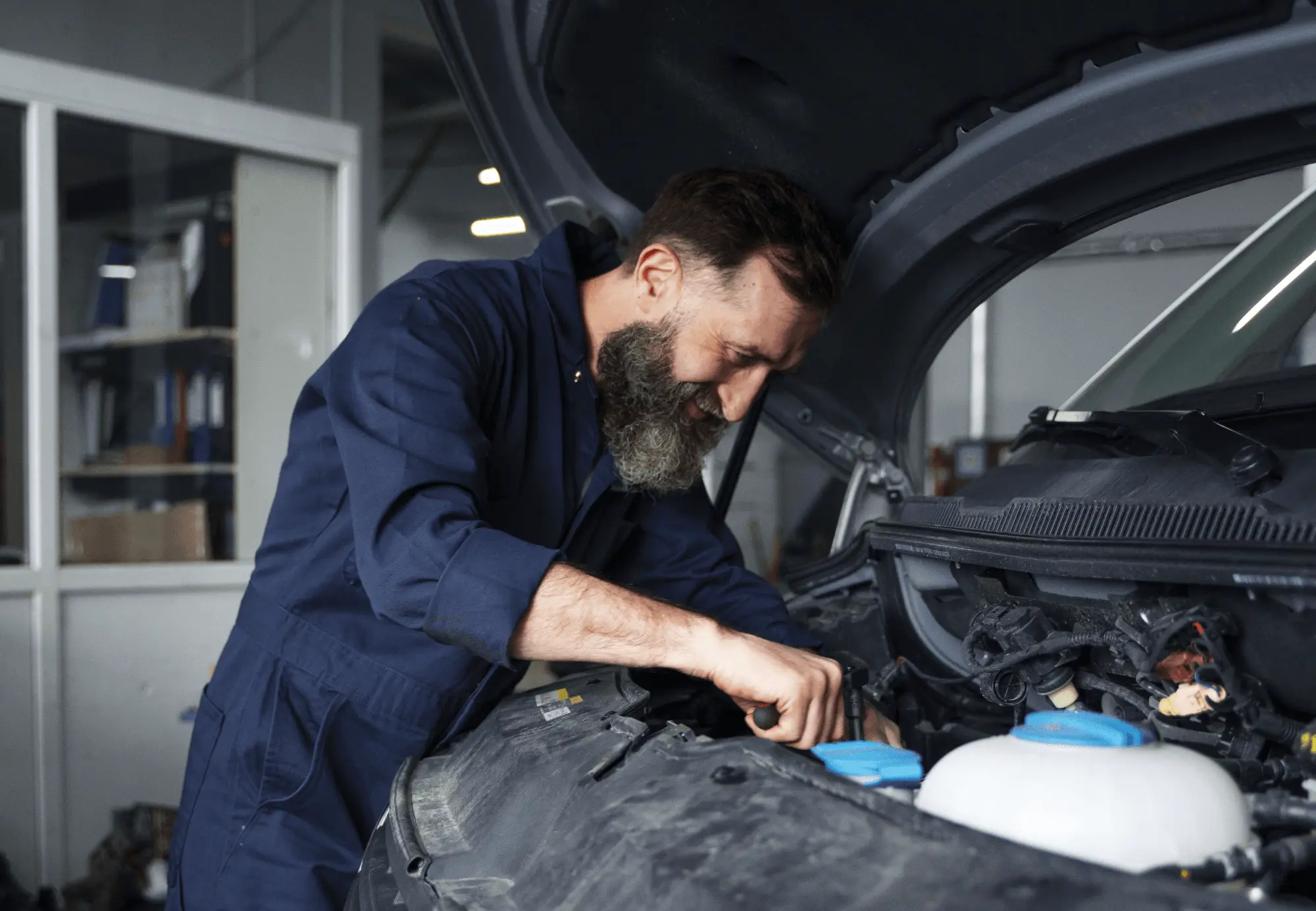Whether you’ve lived in the area for years or have just moved in, keeping your vehicle in excellent condition is essential for both safety and optimal performance. Staying on top of routine maintenance not only helps your car last longer but also ensures it continues to run efficiently.
In this blog post, we’ll cover ten key checks every driver should perform to help keep their vehicle in peak condition. Additionally, we’ll touch on how you can get more value from your car during idle times.
1. Check the Spare Tire
Your spare tire might not see much action, but it’s important to ensure it’s ready when you do need it. Begin by verifying that the tire is properly inflated and free of damage.
It’s equally important to confirm that you have all the essential tools on hand—such as a jack and a lug wrench—in case you ever have to swap out a flat tire. A well-kept spare can save you time, money, and stress during an unexpected roadside emergency.
2. Spark Plugs
Spark plugs may be small, but they play a crucial role in your vehicle’s overall function. These components are responsible for igniting the air-fuel mixture inside the engine’s cylinders.
If spark plugs become worn or defective, the result can be engine misfires and a drop in fuel efficiency. To avoid performance issues, make it a point to inspect your spark plugs regularly and replace them as needed to maintain smooth and reliable engine operation.
Also Read: 10 Luxury SUVs Designed for Business Executives & Top Professionals
3. Inspect Windshield and Windows
Visibility is a fundamental part of safe driving, which makes your windshield and windows critical components to monitor. Take the time to examine them for any chips or cracks that could distort your view or worsen over time, turning into a more serious safety concern.
It’s also important to verify that each window operates properly by rolling up and down without resistance. Staying on top of the condition of your windshield and windows not only helps preserve clear visibility but also contributes to safer driving overall.

4. Belts and Hoses
Your vehicle’s belts and hoses are vital to the overall performance of the engine and must be inspected regularly. Look closely at the belts for signs of fraying, cracks, or other visible wear, and check hoses for any leaks, soft spots, or bulges.
These components handle essential engine functions, and any failure here could lead to breakdowns or expensive repairs. Replacing worn belts and compromised hoses before they cause bigger problems is key to keeping your engine in top condition.
5. Check for Leaks
It’s important to routinely check underneath your vehicle for any signs of fluid leakage. The most common fluids you might spot include engine oil, coolant, and transmission fluid.
These leaks can point to anything from minor wear-and-tear to more serious mechanical issues that demand urgent attention. Catching leaks early can prevent more severe problems and help you steer clear of expensive repairs in the future.
6. Battery Health
The battery plays a key role in your car’s functionality by powering the ignition and supporting essential electronics. Make it a habit to inspect the battery terminals for any buildup of corrosion and confirm that the battery is tightly secured in place.
If your battery is over three years old, it’s wise to test its charge to ensure it’s still holding power. A dependable battery is particularly important when dealing with Australia’s wide-ranging climate conditions, helping you avoid unexpected breakdowns.
7. Air Filter
The air filter is essential for preventing dirt and debris from entering your engine. When the filter becomes clogged, it can negatively affect engine performance and decrease fuel efficiency.
It’s important to inspect the air filter regularly and replace it if it looks dirty or blocked. Keeping the air filter clean supports optimal engine function and boosts your car’s overall performance.

8. Transmission Fluid
Transmission fluid is vital for ensuring smooth shifting and maintaining the health of the transmission system. Check both the fluid level and its condition—ideally, it should have a clear, pinkish-red appearance.
If the fluid appears dirty or the level is low, it’s time to top it up or replace it. Staying on top of transmission fluid maintenance is key to keeping your transmission in good shape and extending its service life.
9. Alignment and Suspension
Maintaining proper alignment and suspension is essential for a smooth and safe driving experience. Keep an eye on how your car handles—if it begins to drift to one side or the steering feels off-center, it’s likely time to schedule an alignment check.
When your alignment and suspension are properly maintained, you’ll benefit from improved handling, a more comfortable ride, and reduced chances of uneven tire wear and steering-related issues.
10. Brake Check
Your vehicle’s brakes are one of its most important safety systems. Make a habit of checking the brake pads for wear and pay close attention to any strange noises during braking.
Squealing, grinding, or a noticeable decline in braking performance are signs that you should see a mechanic right away. Staying on top of brake maintenance is vital for safe driving and can help prevent serious accidents.
By adding these essential DIY checks to your regular maintenance routine, you can keep your car performing at its best and avoid unexpected issues. If you’re interested in turning your vehicle into a source of income, Drive mate is ready to help you make the most out of it.
Combining consistent at-home maintenance with the advantages of car sharing ensures your vehicle stays valuable—whether you’re behind the wheel or handing over the keys. Safe travels!
Also Read: 10 Trucks That Can Last Over 25 Years With Basic Maintenance
11. Tire Pressure and Tread Depth
Keeping your tires properly inflated not only improves fuel efficiency but also extends the life of your tires and ensures optimal handling. Use a tire pressure gauge to check all four tires regularly, especially before long trips, and inflate them according to your car’s recommended PSI (usually found on a sticker inside the driver’s door).
Also, inspect the tread depth—worn-out tires can be dangerous in wet or slippery conditions. A quick way to check tread depth is the coin test: insert a 20-cent coin into the tread with the platypus’s bill facing down. If the bill is visible, it’s time for new tires.
12. Wiper Blades and Washer Fluid
Good visibility is crucial, especially during rain or dust storms. Check your windshield wipers for signs of wear like cracking or streaking, and replace them at least once a year—or sooner if they’re not clearing the windshield properly.
Don’t forget to top up your windshield washer fluid regularly. Insects, bird droppings, or dust can build up quickly and obstruct your view if you don’t have clean, working wipers and sufficient fluid.

